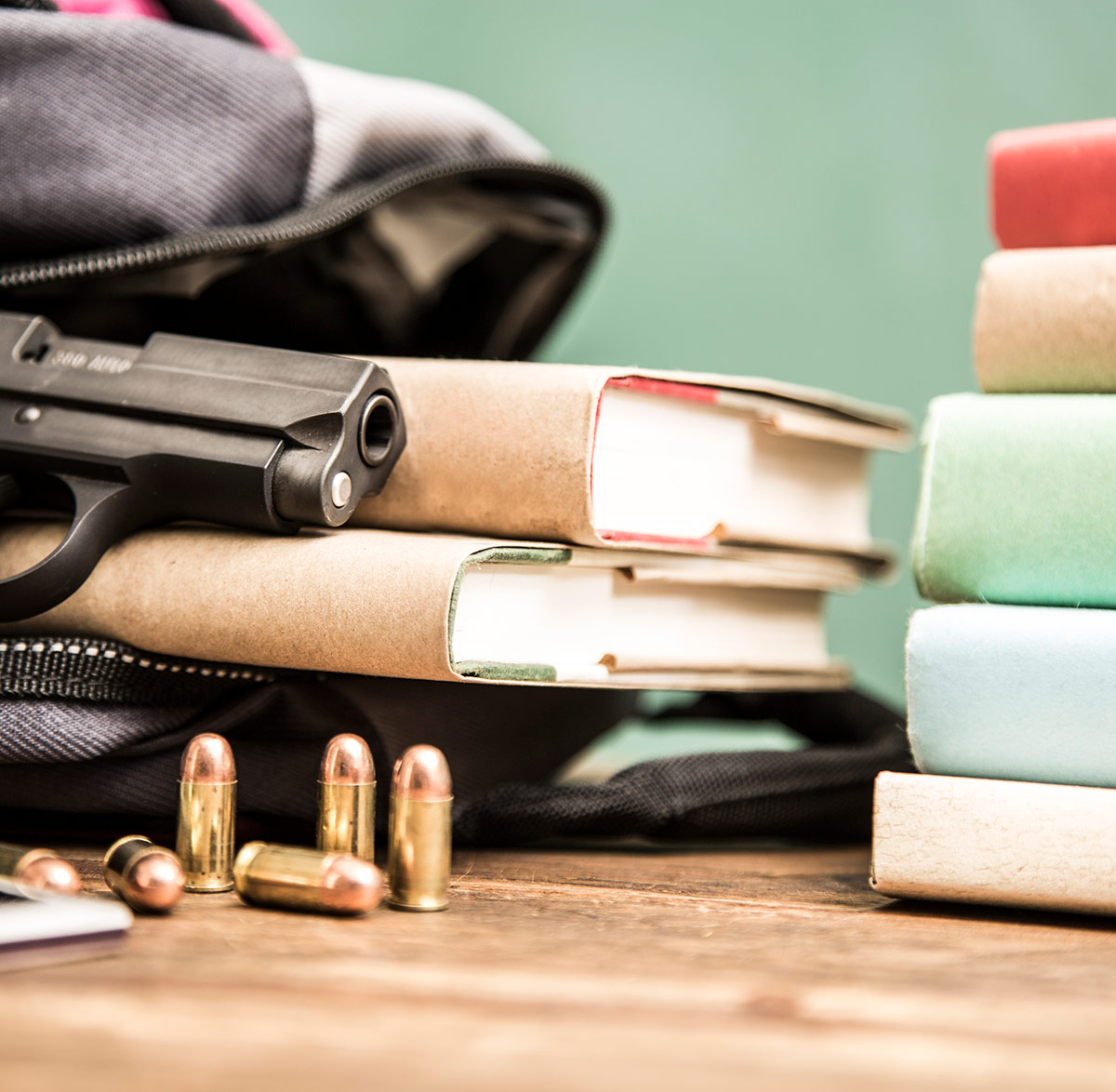
Schools are the second-most common location for active shooting incidents, according to the State Auditor’s 2017 report School Violence Prevention. Far more likely threats to student safety include bullying, harassment, child abuse and natural disasters. One of the most important ways schools can protect students and staff from harm is to ensure a positive school climate that will not only reduce the likelihood of violent crime on campus, but also improve student outcomes and well-being.
With these issues in mind, the California Department of Education requires each school to develop and annually review a comprehensive school safety plan. Board members play a critical role in this process and are encouraged to review CSBA sample board policy and administrative regulation BP/AR 0450 – Comprehensive Safety Plan, which contains a complete list of plan components.
Beginning with the current school year (2018-19), the plan will be evaluated as a component of the annual audits required by Education Code 41020 to ensure they are updated by March 1 of each year.

One of the most important ways schools can protect students and staff from harm is to ensure a positive school climate that will not only reduce the likelihood of violent crime on campus, but also improve student outcomes and well-being.
Guidance from CDE includes:While it is the responsibility of the school site council to develop the plan, this responsibility may be delegated to a school safety planning committee. Districts with an average daily attendance of 2,500 or less may instead choose to develop a districtwide plan that is applicable to each school site. New law (Assembly Bill 1747) requires that charter schools also develop a safety plan and that the fire department and other first responders, in addition to local law enforcement, be consulted in the development of the plan. Governing boards have an obligation to approve the plans and should ensure that a process is in place to train all staff in the contents of the plan.
Assembly Bill 1747 also adds a requirement to include procedures for conducting tactical responses to criminal incidents, including procedures related to individuals with guns on school campuses and at school-related functions.
As then-former State Superintendent of Public Instruction Tom Torlakson and Director of the Governor’s Office of Emergency Services Mark Ghilarducci said last year in response to a shooting incident at Marjory Stoneman Douglas High School in Florida, “The need for continual communication, coordination and review of emergency procedures and facilitating exercises cannot be overstated.
Whether it’s a review of your security procedures or special outreach to teachers, faculty, parents and staff, any steps you can take now to be prepared for any emergency are extremely important.”